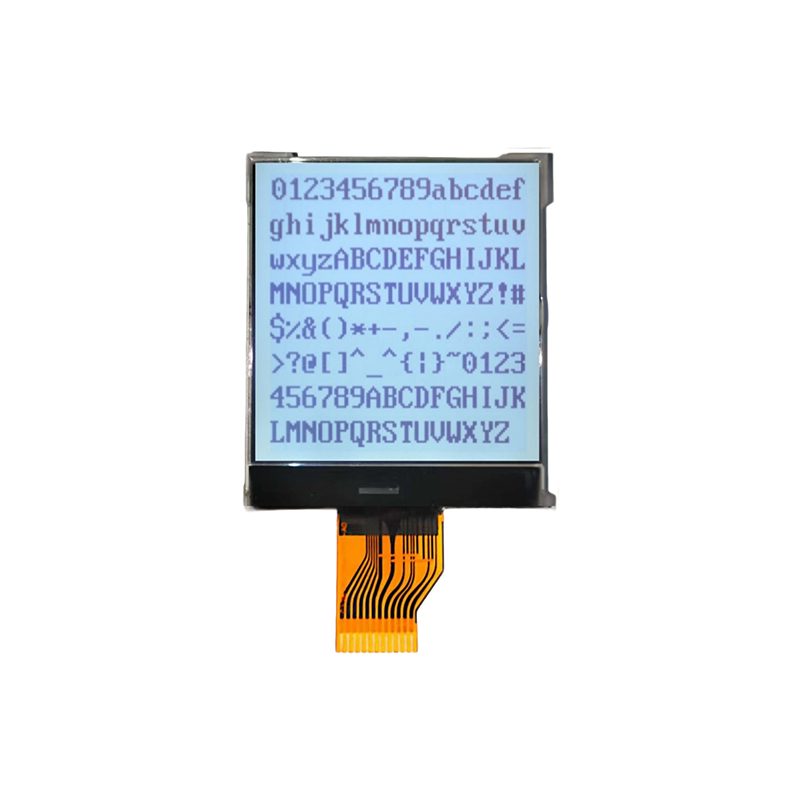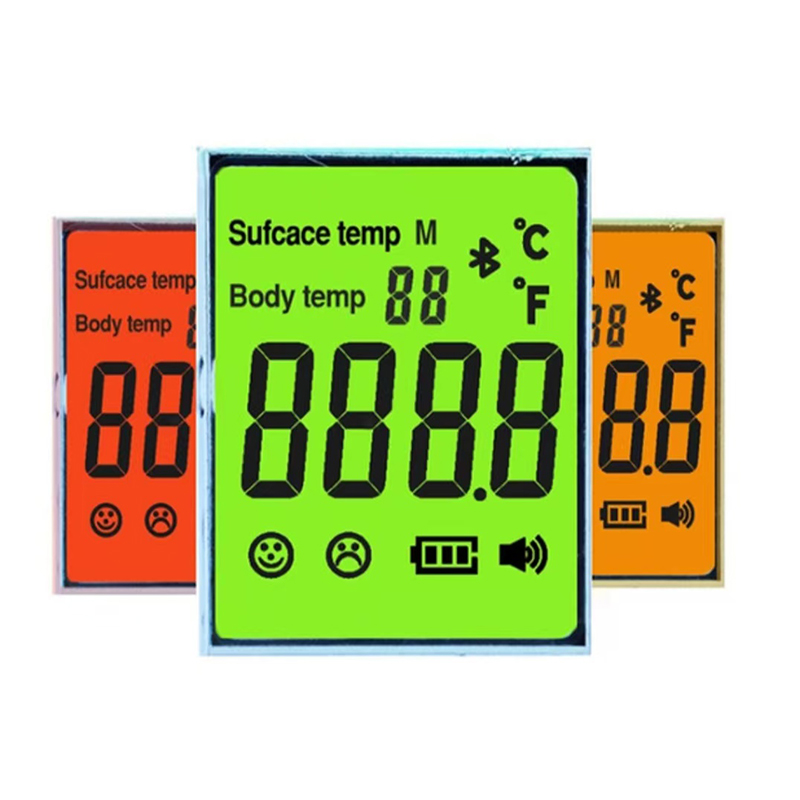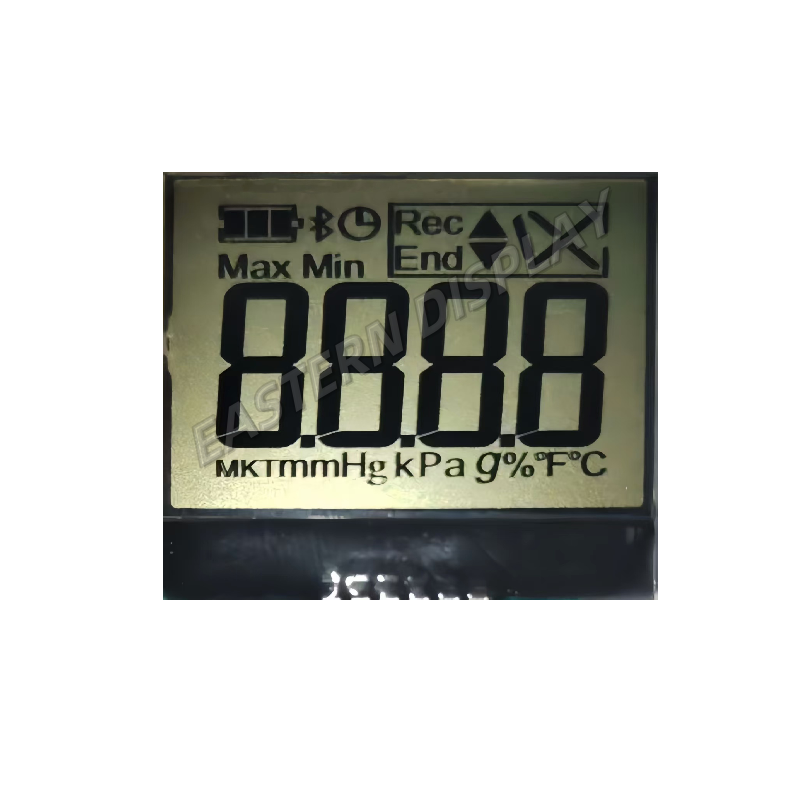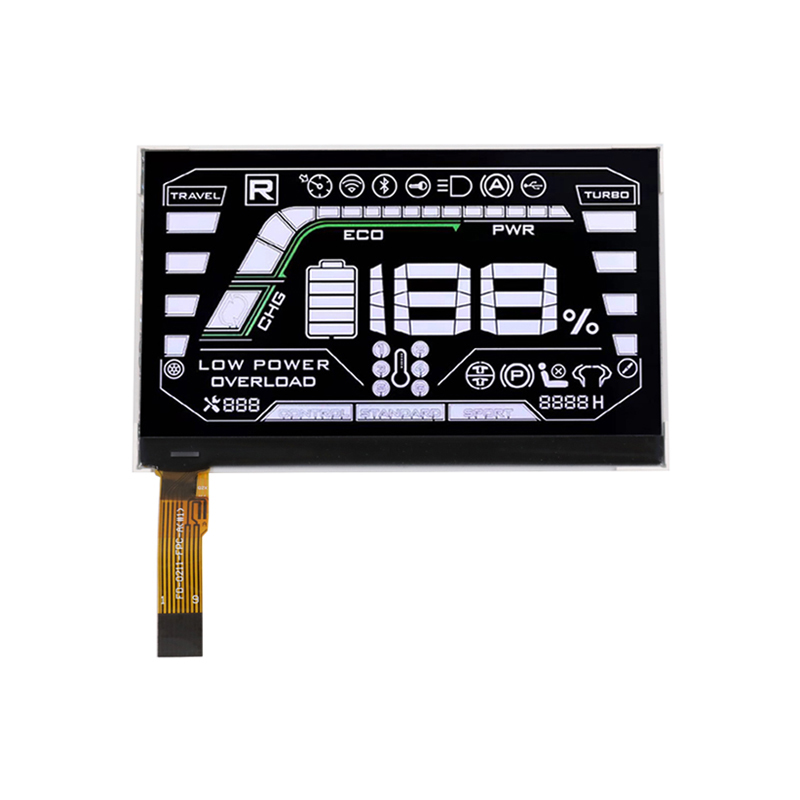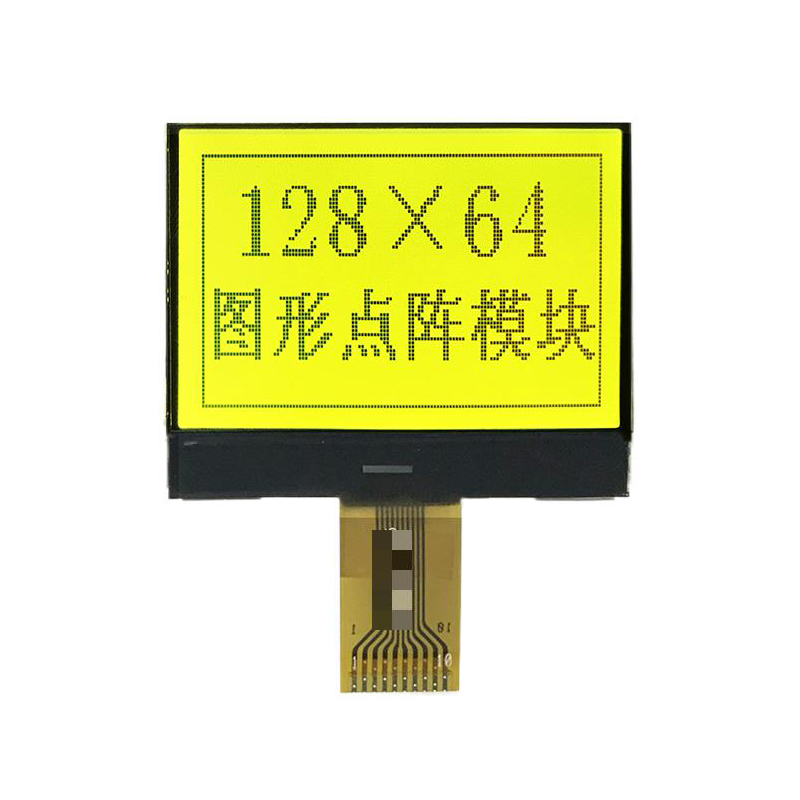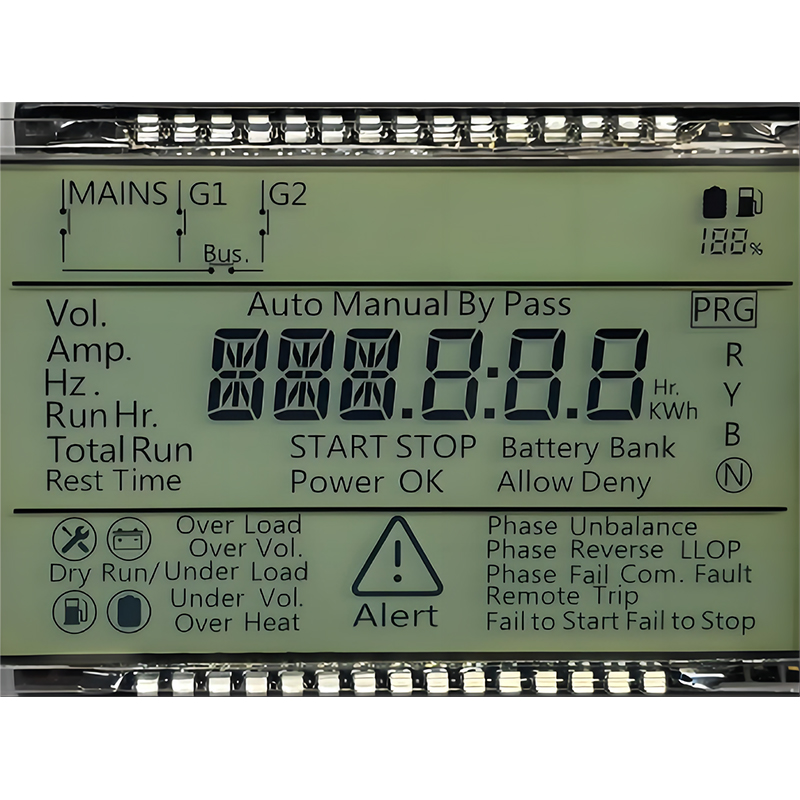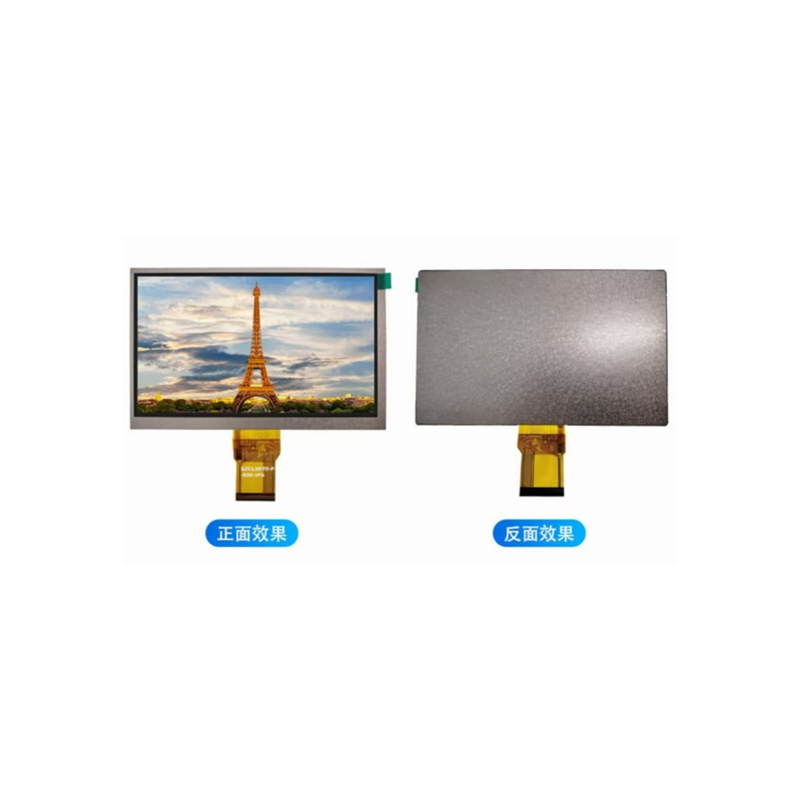7 OLED Display: A Comprehensive GuideThis article provides a detailed overview of 7-inch OLED displays, covering their key features, applications, advantages, disadvantages, and considerations for selection. We'll explore different types, resolutions, and specifications to help you choose the right 7 OLED display for your needs.
Understanding 7-Inch OLED Displays
A
7 OLED display is a type of flat-panel display technology that uses organic light-emitting diodes (OLEDs) to produce images. Unlike LCDs (Liquid Crystal Displays), OLEDs do not require a backlight, leading to superior contrast ratios, deeper blacks, and more vibrant colors. The 7-inch size makes them suitable for a wide range of applications, from portable devices to industrial instruments.
Key Features and Specifications
Several factors determine the performance and suitability of a
7 OLED display. These include: Resolution: Common resolutions for 7-inch OLED displays range from 800x480 to 1920x1080 pixels, affecting image sharpness and clarity. Higher resolutions generally result in crisper images but also increase the cost and power consumption. Brightness: Measured in nits (candela per square meter), brightness determines how well the display is visible in various lighting conditions. Outdoor applications often require higher brightness levels. Contrast Ratio: This specifies the difference between the brightest white and the darkest black the display can produce. Higher contrast ratios lead to more realistic images with richer details in both dark and bright areas. OLEDs inherently offer excellent contrast ratios. Response Time: This measures how quickly the pixels change color, impacting the smoothness of moving images. Faster response times minimize motion blur and are crucial for applications like gaming. Viewing Angle: This indicates the range of angles from which the display can be viewed without significant color shift or loss of clarity. OLEDs generally offer wider viewing angles than some LCD technologies.
Types of 7-Inch OLED Displays
Different
7 OLED display types cater to varying needs and budgets: AMOLED (Active-Matrix Organic Light-Emitting Diode): This is the most common type, offering high performance and fast response times. PMOLED (Passive-Matrix Organic Light-Emitting Diode): This type is generally less expensive but may have lower resolution and slower response times compared to AMOLED.
Applications of 7-Inch OLED Displays
The versatility of
7 OLED displays makes them suitable for a variety of applications: Portable Devices: Smartphones, tablets, and e-readers often utilize
7 OLED displays for their superior image quality and power efficiency. Automotive: In-car infotainment systems and instrument clusters benefit from the high contrast and vibrant colors of OLED displays. Industrial Applications: Industrial monitors and control panels frequently employ
7 OLED displays for their durability and clear visibility. Medical Devices: Portable medical devices often integrate
7 OLED displays for their high readability and low power consumption.
Choosing the Right 7-Inch OLED Display
Selecting the appropriate
7 OLED display requires careful consideration of your specific application requirements. Factors to consider include: Resolution and size: Choose the resolution that best suits your needs, balancing image quality with cost and power consumption. Brightness and contrast ratio: Consider the lighting conditions under which the display will be used. Response time and viewing angle: These are particularly important for applications involving moving images or multiple viewers. Durability and reliability: If the display will be subjected to harsh environments or frequent use, durability is a key factor.
Advantages and Disadvantages of 7-Inch OLED Displays
| Feature | Advantage | Disadvantage ||-----------------|-------------------------------------------------|-------------------------------------------------|| Image Quality | Superior contrast, deeper blacks, vibrant colors | Higher cost compared to LCDs || Power Consumption | Relatively low power consumption | Can be higher than some LCDs at maximum brightness|| Response Time | Very fast response times | None significant || Viewing Angle | Wide viewing angles | Can suffer from burn-in over extended use |While
7 OLED displays offer many advantages, potential burn-in is a known limitation. This effect occurs when static images are displayed for prolonged periods, leaving a faint ghost image. Using screen savers and avoiding static content for extended durations can mitigate this risk.For high-quality
7 OLED displays and related components, consider exploring options from reputable manufacturers like Dalian Eastern Display Co., Ltd. (
https://www.ed-lcd.com/). They offer a range of customizable solutions to meet diverse application needs.This comprehensive guide provides an in-depth look at
7 OLED displays, aiding you in making informed decisions for your specific project. Remember to always consult the specifications and datasheets of the chosen display before integration.



